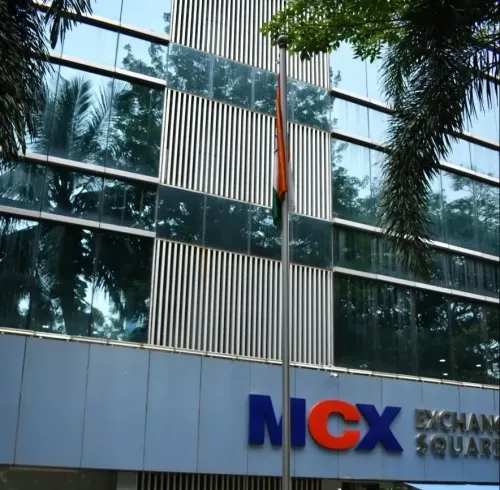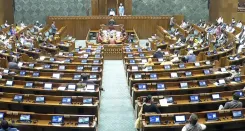Will FM Sitharaman Discuss GST Reforms with Industry Leaders?

Synopsis
Key Takeaways
- Meeting to discuss GST reforms
- Focus on rate rationalization
- Impacts on ease of doing business
- Streamlining tax categories proposed
- Industry feedback to shape reforms
New Delhi, May 27 (NationPress) - Finance Minister Nirmala Sitharaman is set to convene with delegates from the Confederation of Indian Industry on Tuesday evening to deliberate on the implementation of reforms concerning the Goods and Services Tax (GST) framework, as per insider information.
The Finance Ministry aims to gather insights and feedback from industry leaders regarding proposed rate adjustments, the future of the compensation cess, and comprehensive structural reforms as part of the GST 2.0 initiative.
Attendees will include the Secretaries from the Ministry of Finance and officials from the Ministry of Corporate Affairs, according to sources.
Industry leaders are anticipated to contribute their perspectives to shape the reform strategy and present their viewpoints, which will be vital for understanding the current challenges and issues that need addressing.
This initiative by the Finance Ministry comes during a period of efforts to rationalize the GST structure to facilitate ease of doing business and stimulate consumption, thereby accelerating economic growth.
Proposals under discussion include simplifying the GST framework by reducing the current four-tier system to three tax slabs.
The Central Government favors a tax system consisting of 5 percent, 18 percent, and 28 percent categories, implying the elimination of the 12 percent tax slab, with affected goods merging into the other three categories. This streamlined approach is expected to lessen litigation, enhance compliance, and boost consumer demand, which would, in turn, invigorate economic growth.
A clearer classification of goods is anticipated to resolve ambiguities that often lead to tax disputes, particularly concerning food products. Such disputes can result in prolonged litigation, hindering government revenue and complicating business operations, ultimately stifling investment and economic momentum.
The reforms are designed to enhance clarity and consistency in the tax rates applied to various products.










